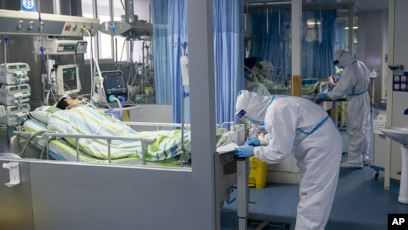Methanizers, these large concrete tanks where slurry and manure ferment, residues from the agro-food industry, sludge from sewage treatment plants and green waste from communities, have multiplied in Brittany in recent years. 90% of the projects are led by the farmers themselves, who see it as a profitable way of recovering the effluents from their farms. The biogas produced by methanizers makes it possible to produce heat, electricity or, once purified, biomethane which can be injected into natural gas networks.
These projects require heavy investments. From 2 to 4 million euros for an agricultural methanizer. It is very costly when you know that the investment for a milking parlor, for a breeder, amounts to hundreds of thousands of euros. Until now, farmers have been able to count on financial support from the state and communities. It translates into investment aid and an advantageous purchase price for the energy thus produced.
Still expensive energy
That time may be over. Biomethane is expensive: 90 to 100 € per megawatt hour (MWh), against around 25 € for natural gas, according to a report by the Energy Regulatory Commission in 2019. The government does not hide its desire to see the reduction in the price. cost of this renewable energy. It has set a production cost target of € 67 per MWh in 2023 and € 60 in 2028. It intends to implement an immediate 10% reduction in the feed-in tariff for injected biomethane, as well as a reduction of 2% per year of this support.
The Higher Energy Council examined, Tuesday, September 15, a new regulatory and tariff grid. The reduction in purchase prices for biomethane injected into the network would not be uniform. It would be more important for low and medium capacity sites. That is to say mainly agricultural methanizers.
For Jean-Marc Onno, president of the Association of methanizers of Brittany (AAMB), the account is not there. “We do not agree at all on the drop from 6 to 7% in tariffs for installations which mainly treat livestock effluents, whereas it would only be 1% for industrial sites. It is clearly unfair. “
Another reason for dissatisfaction is the volumes of biogas to be produced. “ The volume allocation key does not suit us. While 90% of active sites are agricultural, the proposed framework brings us to 30-40% of agricultural sites and 60-70% of industrial sites. “
There is therefore a risk that the anaerobic digestion projects carried out by farmers will be slowing down. “If we divide the volume of buildings by three, the entire biogas sector collapses”, warns Jean-Marc Onno. “Farmers fear being supplanted by energy manufacturers”, title for its part the specialized site actu-environnement.com.
Security in question
A second front opened in the summer with the incident in Châteaulin (Finistère). During the night of August 17 to 18, the overflow of the Kastellin Biogas industrial methanizer caused significant pollution of the Alder River. 400 cubic meters of liquid digestate, a by-product loaded with ammonia resulting from anaerobic digestion, poured into the water course. Result: 180,000 Finistériens were deprived of drinking water for several days.
Biogas de Kastellin is not the only methanizer to have experienced incidents in Brittany. Methanisers were the source of waterway pollution in Beuzec-Cap-Sizun (Finistère) in October 2018, in Arzal (Morbihan) in January 2017 or even in Plouaret (Côtes-d’Armor) in March 2015 After the Châteaulin incident, the state services launched a campaign to control methanization facilities in Finistère.
Should anaerobic digestion farmers worry about increased safety requirements? No, according to Jean-Marc Onno. “We did not wait for the Châteaulin incident to worry about the safety of our facilities, says the president of the AAMB. Safety training has been in existence for six years. The sector is becoming more professional. Today we have a national charter for biogas farmers. Reinforced controls pose no problem to biogas producers who adhere to this charter. “
The energy cost argument, on the one hand. That of security, on the other. It is, in spite of all, the end of a certain golden age of biogas which seems to be announced in Brittany.
– .


